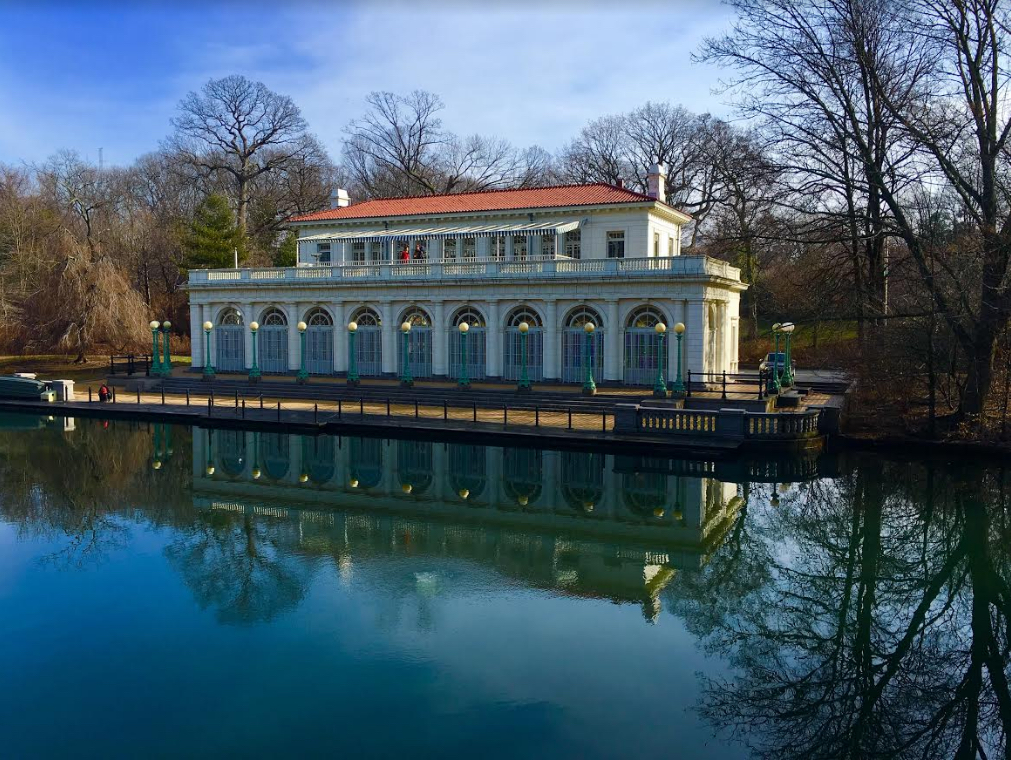Ask a historian: How has Prospect Park changed since the 1860s?

The entrance to Prospect Park at Grand Army Plaza, shown July 10, 1949. AP Photo/Anthony Camerano
Elisabeth from Prospect Heights asked: “What communities existed before in Prospect Park?”
We don’t know too much, Elisabeth, with the exceptions of two mansions: the Willink Mansion and the Litchfield Villa, which still exists. The land had previously been the old Cortelyou estate from the days of the Dutch. Prospect Park land was not occupied the way Central Park was.
John Willink built his family mansion in 1835. After his death, the house was abandoned and then moved close to Flatbush Avenue. The name survives today as the Willink entrance to the park and the Willink comfort station built in 1912.
